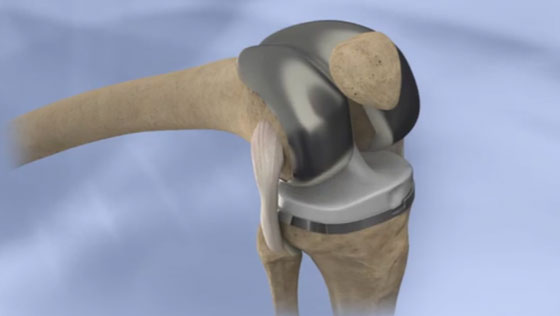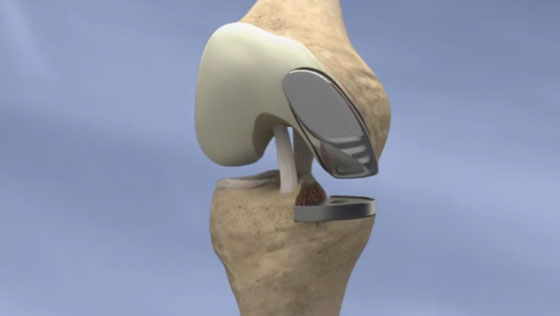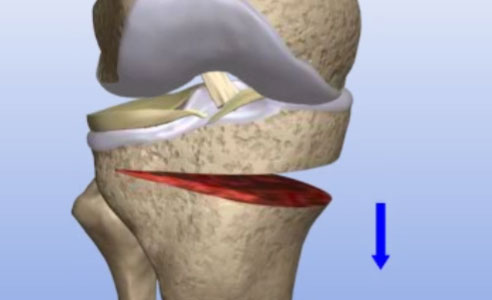What is Partial Knee Replacement?
Partial knee replacement (also known as unicompartmental knee replacement, UKR, unicompartmental knee arthroplasty, or UKA) is a surgical procedure performed to replace damaged portions of a single compartment of the knee with an artificial implant.
Key statistics about Partial Knee Replacement
- Nearly 800,000 knee replacement surgeries are performed each year in the United States[1]
- Only 10% of surgeons worldwide perform partial knee replacements[2]
- More than 90% of partial knee replacements will last more than 10 years[2]
- 8-10% of all knee replacement surgeries performed in the United States and United Kingdom are partial knee replacements[3]
Expert Insights
Understanding Partial Knee Replacement - Brian Gladnick, MD
Why is Partial Knee Replacement performed?
Partial knee replacement is performed primarily to relieve pain and stiffness caused by arthritis. Arthritis occurs as the cartilage that cushions the knee wears down, causing the bones to grind against each other. This results in pain and inflammation, and can lead to bone deformity and a loss of joint mobility.
Arthritis can occur in any of the three compartments of the knee, but occurs most frequently in the medial compartment (inner aspect of the knee).
When the cartilage damage from arthritis occurs in only one compartment (unicompartmental arthritis), a partial knee replacement may be recommended. If the cartilage damage is so severe that multiple compartments are affected, a total knee replacement may be performed.
Knee Anatomy
The knee joint is formed by three bones: the femur (thigh bone), the tibia (shin bone), and the patella (kneecap).
Menisci are pieces of cartilage found between the femur and tibia, while articular cartilage covers the ends of the bones. Together they work to absorb shock and reduce friction as the knee moves.
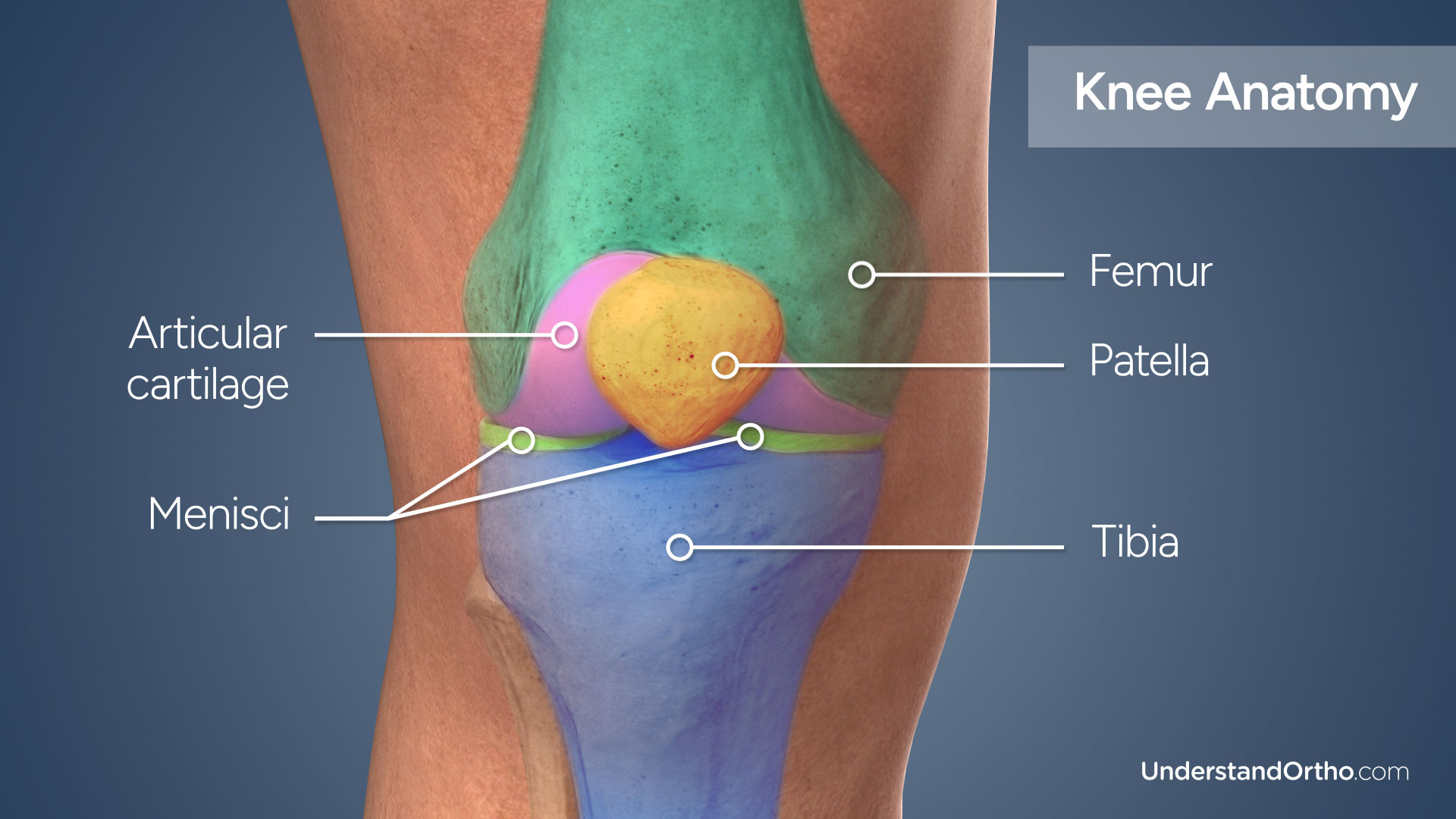
The knee can be divided into three compartments:
- Medial compartment: between the femur and the tibia on the inside of the knee
- Lateral compartment: between femur and the tibia on the outside of the knee
- Patellofemoral compartment: between the patella and femur
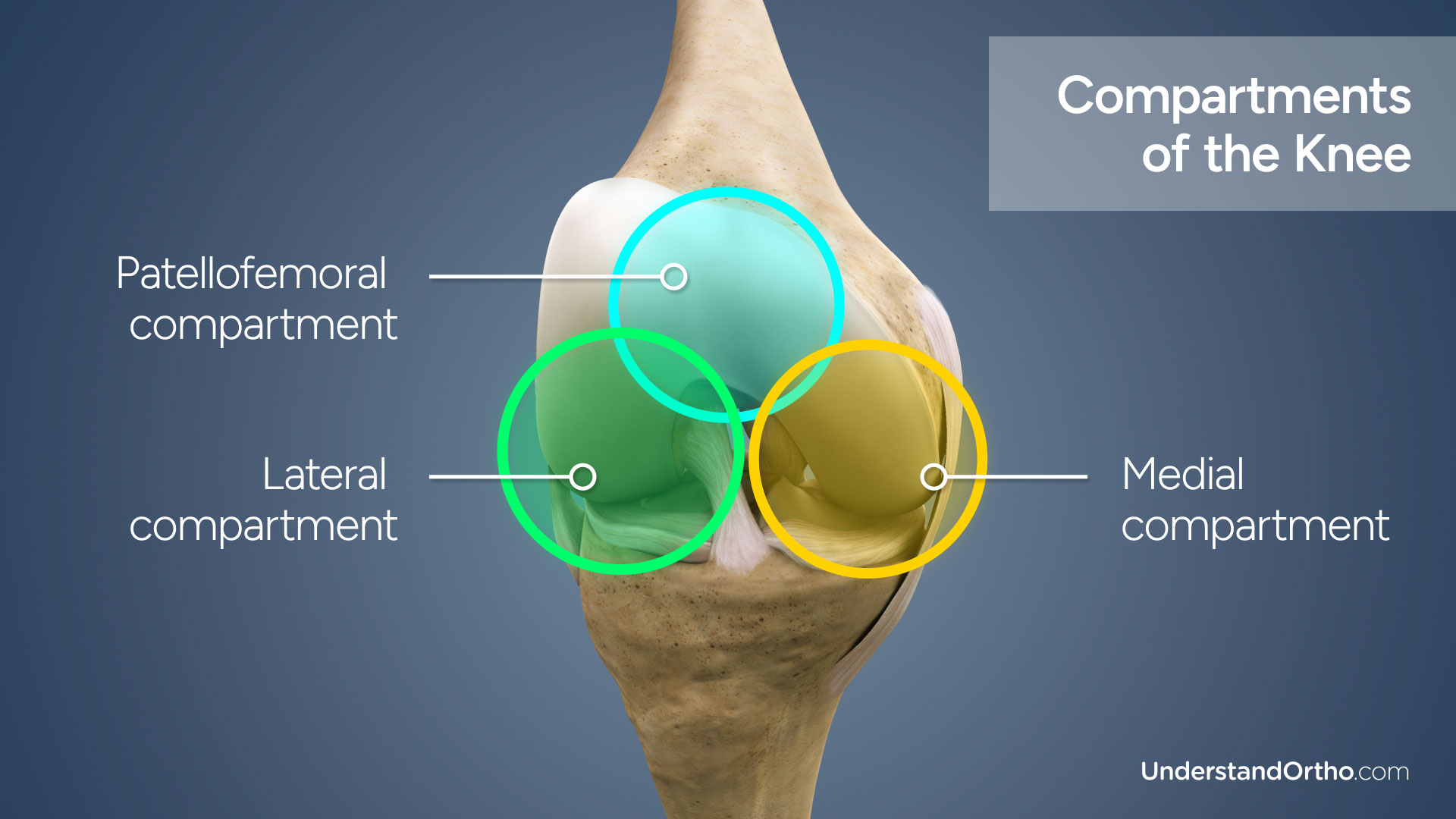
Who needs Partial Knee Replacement?
Nearly half of adults in the United States will develop arthritis in at least one knee during their lifetime.
Arthritis may be the result of normal wear and tear due to aging (osteoarthritis) or may be caused by a knee injury (post-traumatic arthritis) or autoimmune disorder (rheumatoid arthritis). Individuals with rheumatoid arthritis may not be eligible for partial knee replacement however, as the disorder typically affects all three compartments of the knee.
How is Partial Knee Replacement performed?
- The surgeon will make an incision and access the knee joint.
- The damaged portions of the femur and tibia of the affected compartment are removed.
- The surgeon will insert the femoral and tibial implants into the bone.
- Finally, the incision will be closed with sutures or surgical staples.

What are the risks of Partial Knee Replacement?
It is uncommon to experience complications from partial knee replacement but potential risks may include:
- Infection
- Blood clots
- Nerve or blood vessel damage
- Loosening or wearing down of the implant over time
How long does it take to recover from Partial Knee Replacement?
-
24 hours after surgery
Physical therapy will begin. It is common for blood thinners and pain killers to be prescribed. -
1-3 days after surgery
Most patients are discharged from the hospital and will be able to walk with crutches, a cane, or walker. -
2 weeks after surgery
Any non-dissolvable sutures and staples are removed and bruising and swelling begin to subside. -
3-6 weeks after surgery
Most patients are able to resume driving and most daily activity, including walking unassisted. -
8-10 weeks after surgery
Most patients are fully recovered from partial knee replacement.
What are the results of Partial Knee Replacement?
Partial knee replacement can provide significant improvement in knee function and persistent pain in patients with advanced unicompartmental arthritis of the knee. Partial knee replacements have a faster recovery time and fewer complications than total knee replacement, but the rate of revision knee replacements (replacing or reaffixing implant components) following partial knee replacement is higher than those following total knee replacement. When performed on properly selected patients, partial knee replacements exhibit good long-term results with a high degree of patient satisfaction.
Find an Orthopedic Doctor in Your Area



